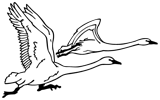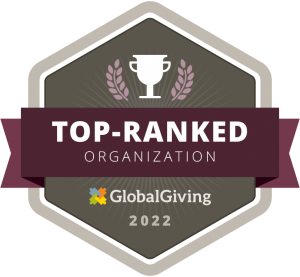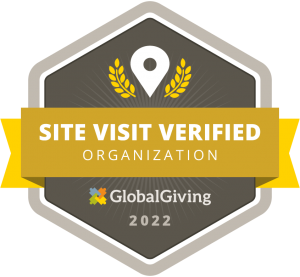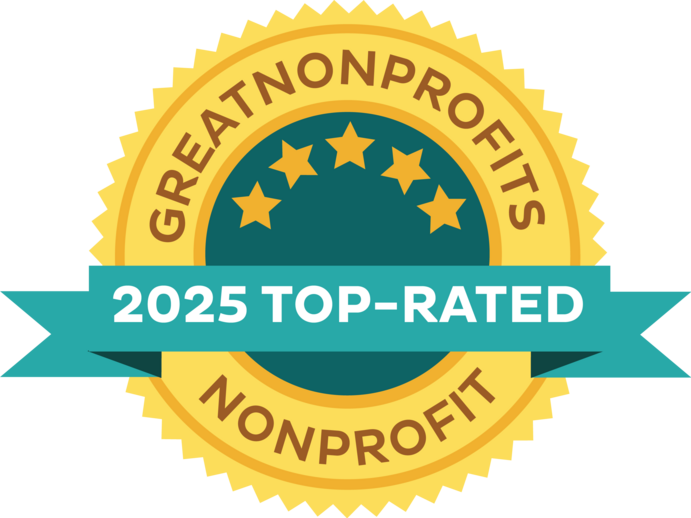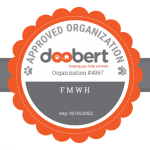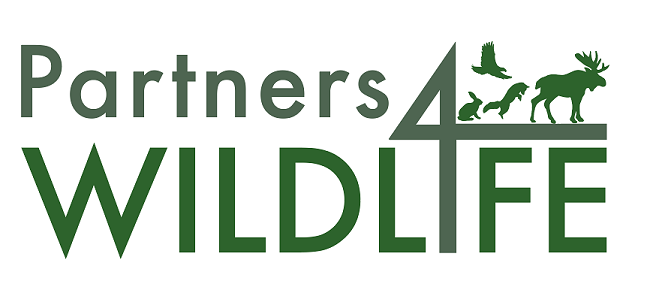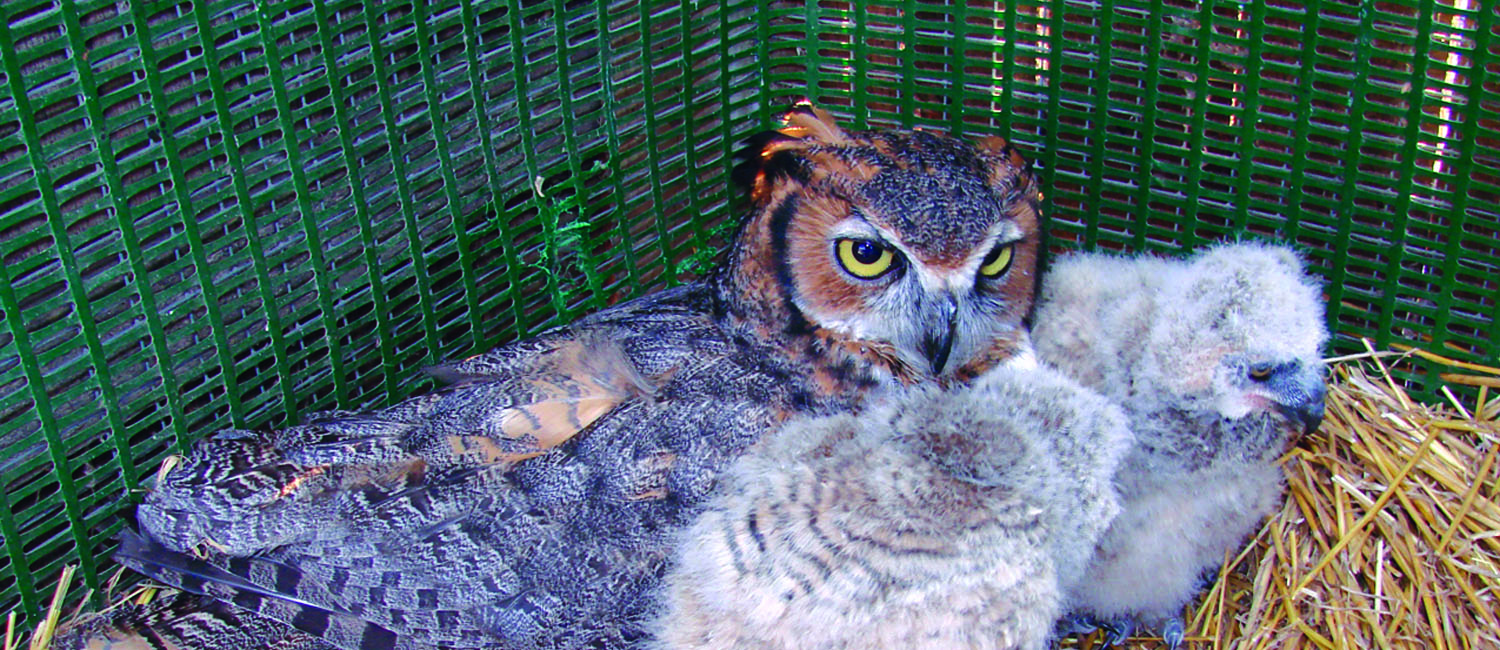
Alberta
April 16 1994—July 22, 2017
I will never forget the day Alberta came to us. It was April 16, 1994, a “crisp but sunny” day, and the man who had been “using” Alberta in a research project for the last year brought her to us in a small, squalid wooden box. It was only two feet high and less than two feet square; there was no room for Alberta to preen or stretch. An opening 6 inches square was barred with pipe that would have kept a much larger animal from escaping. The box was dirty with feces and pieces of past meals, as were Alberta’s feet. All I wanted in that moment was to open the box and free her from her prison forever.

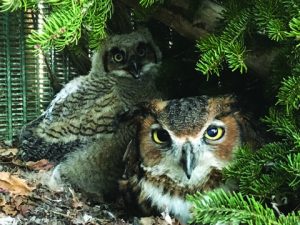
Once the researcher left, we took Alberta out of the box, cut the jesses that filth had hardened around her ankles, and set her down in a 60 foot flight pen where she could feel the grass under her feet, lift her wings into the breeze and feel the sun on her face. Eventually she realized she was free to fly up to a perch. Steve and I spent hours just watching her watch the world. She was still captive, but she was unbound finally and forever.
Alberta started her life as “Einstein,” an unimaginative name for the proverbial “wise old owl.” According to the information we were provided, she had been captured as an owlet and imprinted illegally on humans, and then put on display in a roadside zoo for the next 13 years. Somehow she was saved from a lifetime of exploitation when the zoo was reported to the U.S. Fish & Wildlife, and she was confiscated and taken to the Raptor Center of Minnesota. Her trials were not yet done.
Great horned owls are common enough that they are used in research that doesn’t always put the individual first, and Alberta would spend the next year of her life as “bait” to draw in Goshawks in a scientific study. The only time she spent outside of her squalid prison was to be tethered—tied to a perch by a leash that was attached to the jesses that encircled her ankles like cuffs.
By the time Alberta came to us, she had already lived longer than most wild owls will, but with no quality of life. One person was to notice her; one person was to save her; one person made a decision that gave Alberta 23 years of good life and returned close to 100 owlets to the wild to carry on her legacy when their own mother was lost to them.
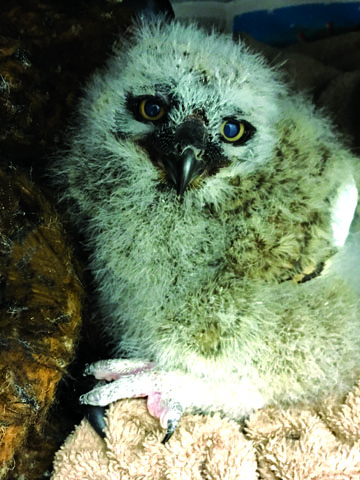
Alberta’s story cannot be told without remembering Marlys Bulander, for it is only because of Marlys that Alberta got a reprieve from what could have been a life of misery and instead was given the chance to fulfill her wild destiny in a place where she was honored and cared-for.
Marlys was a permitting officer for Region 3 of the U.S. Fish & Wildlife Service when I first applied for a permit to rehabilitate wild birds, and later to keep unreleaseable birds for education and fostering. Marlys didn’t work an eight-hour day and go home. Marlys cared deeply about the welfare of the wild birds that found themselves in rehabilitation; she also cared about the people who did the work. She and her husband Bob were always in attendance at the rehabilitation conferences—local and national, and she made a point of visiting rehabilitators’ facilities—not just to inspect them, but to learn about our work and its challenges. Marlys was a mediator, a facilitator, a mentor—and I was very, very privileged to call her my friend. She was respected, but she was also admired and held in great affection by the rehabilitation community. When Marlys passed away on April 15, 2004 after a battle with cancer, it was a tremendous loss.
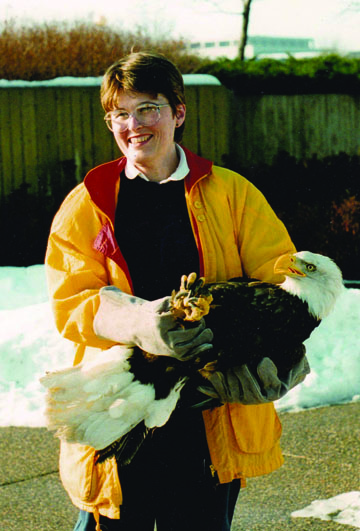
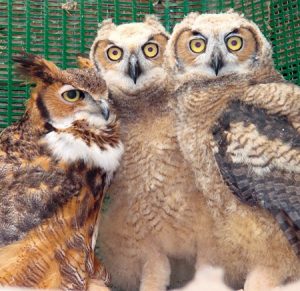
It is that loss and another that I feel every evening when I pass what was Alberta’s habitat and there is only silence. Alberta was a gift. She was the first big raptor for which I was trusted to provide a permanent home, and I never forgot and I never lost the feeling that it was an incredible honor to be allowed to share her life in the kind of friendship that rarely occurs between species.
Alberta was part of Fellow Mortals since nearly the start. During the time she was with us, ’Berta was featured in newspaper articles and in Best Friends Magazine. She was also the only permanent bird to be sponsored for her lifetime, thanks to Martin and Jo Beth Gaul—who never had the opportunity to meet her in person, but chose to provide for her because “of the circumstances of her terrible start in life, her being human-imprinted with no opportunity for release, and the story of how she came to be a permanent resident of Fellow Mortals. Jo Beth and I decided to become her sponsors in 2008 and committed to doing so for the rest of her life. We are incredibly saddened by Alberta’s passing.”
All of us at Fellow Mortals are still adjusting to ’Berta being gone from our lives.
I hope that while we have lost her here, she may have found her way to Marlys.
Only time will tell.
© 2025 Fellow Mortals, Inc.
W4632 Palmer Road | Lake Geneva, Wisconsin 53147
NOTE: All Visits are by Appointment Only —
Phone: (262) 248-5055 to make an Appointment
